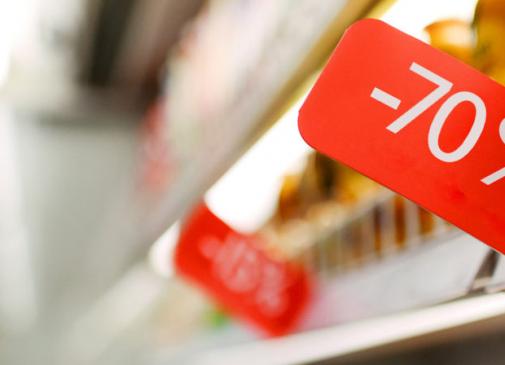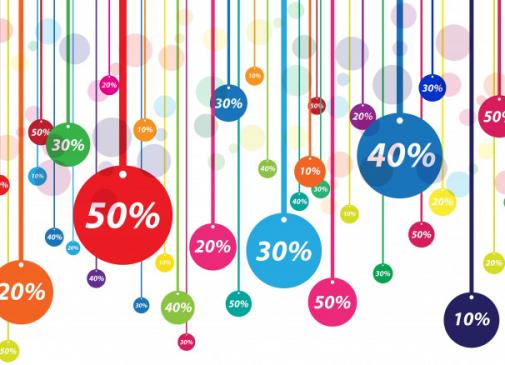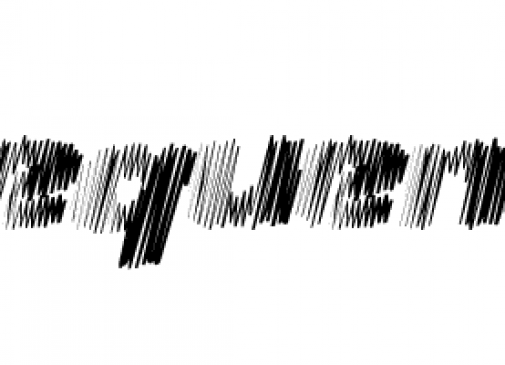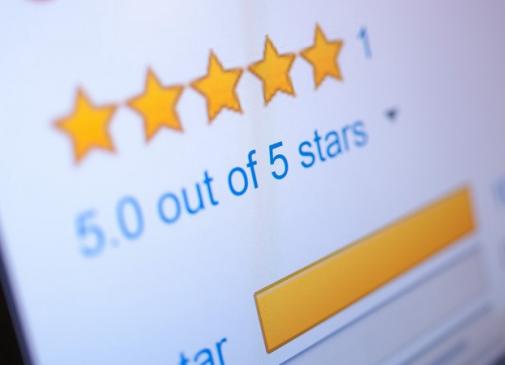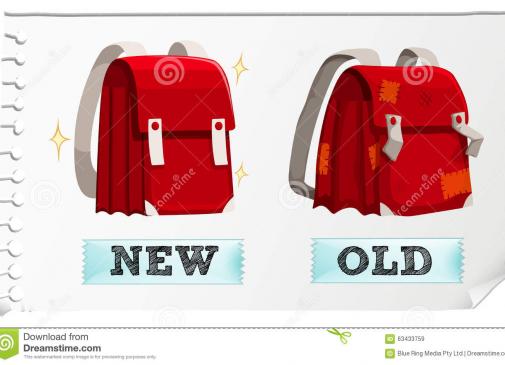Imagine walking into a store, grabbing what you fancy and just leaving. Forget scanning the products, queuing up, checkouts and registers. Impossible? Not anymore. In its groundbreaking concept convenience store, online giant Amazon unveils the future of retail made possible by three cutting-edge techs: deep learning, computer vision and sensor fusion.
Imagine walking into a store, grabbing what you fancy and just leaving. Forget scanning the products, queuing up, checkouts and registers. Impossible? Not anymore. In its groundbreaking concept convenience store, online giant Amazon unveils the future of retail made possible by three cutting-edge techs: deep learning, computer vision and sensor fusion.
Until now, RFDI has been the tech of choice for inventory management and control. Easy to deploy, RFDI tags have been widely used as anti-theft devices or for item-level tagging. Interestingly, while the previous patent filings reference RFID techs, Amazon claims that RFID is not implemented in the Amazon Go store. Briefly, the system is logging the items as the smartphone-wielding shopper moves along, which eradicates the need to go through a conventional check-out line. When store visitors exit its premises through a so-called transition area, the system detects that they are about to leave, tots up the items in a virtual cart and charges their Amazon account. But none of it would be possible had it not been for three fundamental technologies.
Computer vision, deep learning
Basis for video analytics, computer vision helps provide the answers to retailers’ most urgent questions. Furthermore, it does it automatically, at scale and using algorithms to generate data all from a digital video signal. When coupled with deep learning, it helps identify both in-store products and clients. In the case of Amazon Go, it boils down to detecting interaction and movement as well as transitioning items from the material handling facility. The system can link the shopping list to a user, based on the items picked from or put back on the shelf, at the same time updating the shopping list. Given that picked items are already known and identified on an item identifier list associated with the user, the user may simply leave the retail location with the items. The user’s departure will be detected and, as he/she passes through transition area, they will automatically be charged a fee for the collected items. Who needs a cashier?
Sensor fusion
How can Amazon identify each product and user in real time, at the same avoiding any blind spots with in-store camera systems? This is where sensor fusion comes in. Briefly, it brings together data from various sensors to enhance the reliability and accuracy of the outcomes. According to the company’s patent filing, if it is determined that an item is placed into an inventory location, in addition to image analysis, a weight of the item may be determined based on data received from a scale, pressure sensor, load cell, etc., located at the inventory location. The image analysis may be able to reduce the list of potentially matching items down to a small list. Also, microphones may be used to follow the in-store clients’ movements.
But sensors are not everything. An expert in personalized recommendations for online clients, Amazon gains an unquestionable competitive advantage. Based on the past purchase history, deep learning helps to identify an item when it is picked up from the shelf and added to a cart. For example, if the inventory management system is unable to determine whether the picked item is a bottle of ketchup or a bottle of mustard, the inventory management system may consider past purchase history and/or what items the user has already picked from other inventory locations.
Source: www.sciencesetavenir.fr

